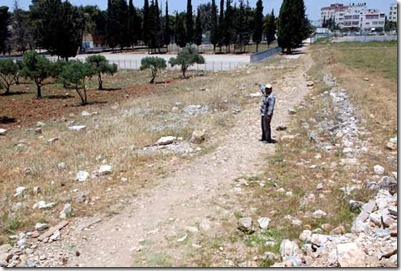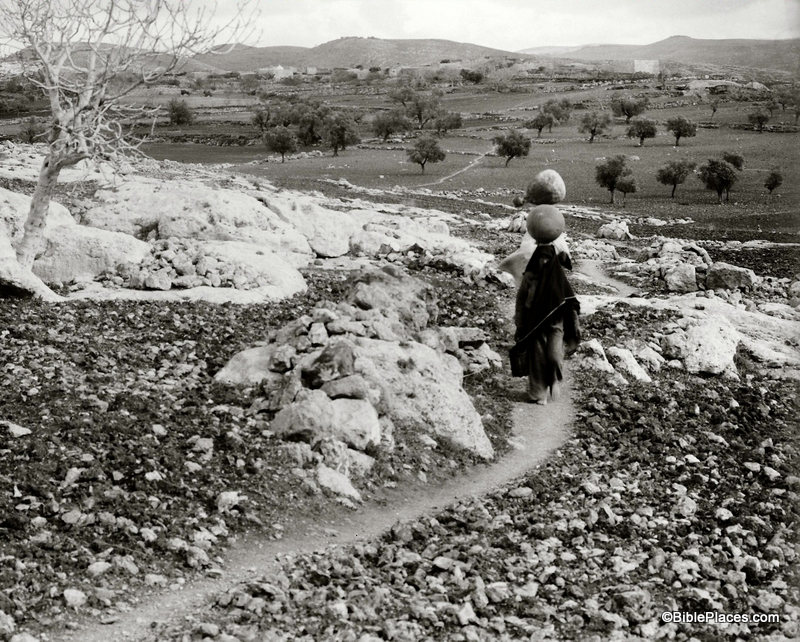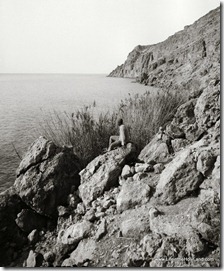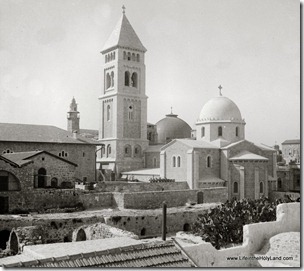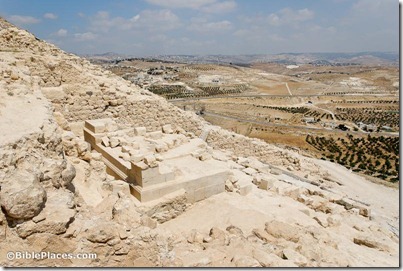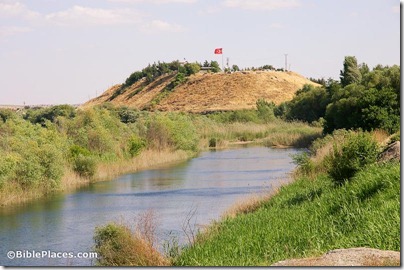Old City: A small excavation inside a dwelling south of Damascus Gate and west of the Austrian Hospice revealed pavement and pottery from the Mamluk period.
Rasm al-‘Amud: This site on the lower southeastern slopes of the Mount of Olives is located nearly 1 mile east of the City of David. Excavation of fifty squares revealed six strata dating from the Intermediate Bronze (VI-V), Middle Bronze IIA (IV), Middle Bronze IIC-Late Bronze (III), Iron II (II), and Late Roman-Early Byzantine (I). The best preserved remains are the earliest and come from a semi-nomadic group that settled down near the water source. In the 9th-7th centuries, the site was a cultivated garden and a jar handle was found with an inscription that reads “ …ל (?)מ/נחם ” (“Le[?]m/nhm”). The report includes a photo of the inscription.
Beit Hanina: Remains were excavated of seven phases of the Roman road that branched off from the Jerusalem-Shechem road heading towards the Beth Horon ridge. The report doesn’t mention it, but this is the route Paul would have taken on his way to Antipatris and Caesarea (Acts 23:31). Other road segments were excavated, but no map has been published.
Nahal Rephaim: A survey of this valley southwest of the Old City (see 2 Sam 5:18-25) identified 42 sites including watchman’s huts, a limekiln, a burial cave, a cistern, five roads, and farming terraces.
“Based on the rural nature of the surveyed area, it seems that it constituted part of Jerusalem’s agricultural hinterland, at least during some of the ancient periods.” Compare Isaiah 17:5: “It will be…as when a man gleans heads of grain in the Valley of Rephaim.”
Photo by IAA.
